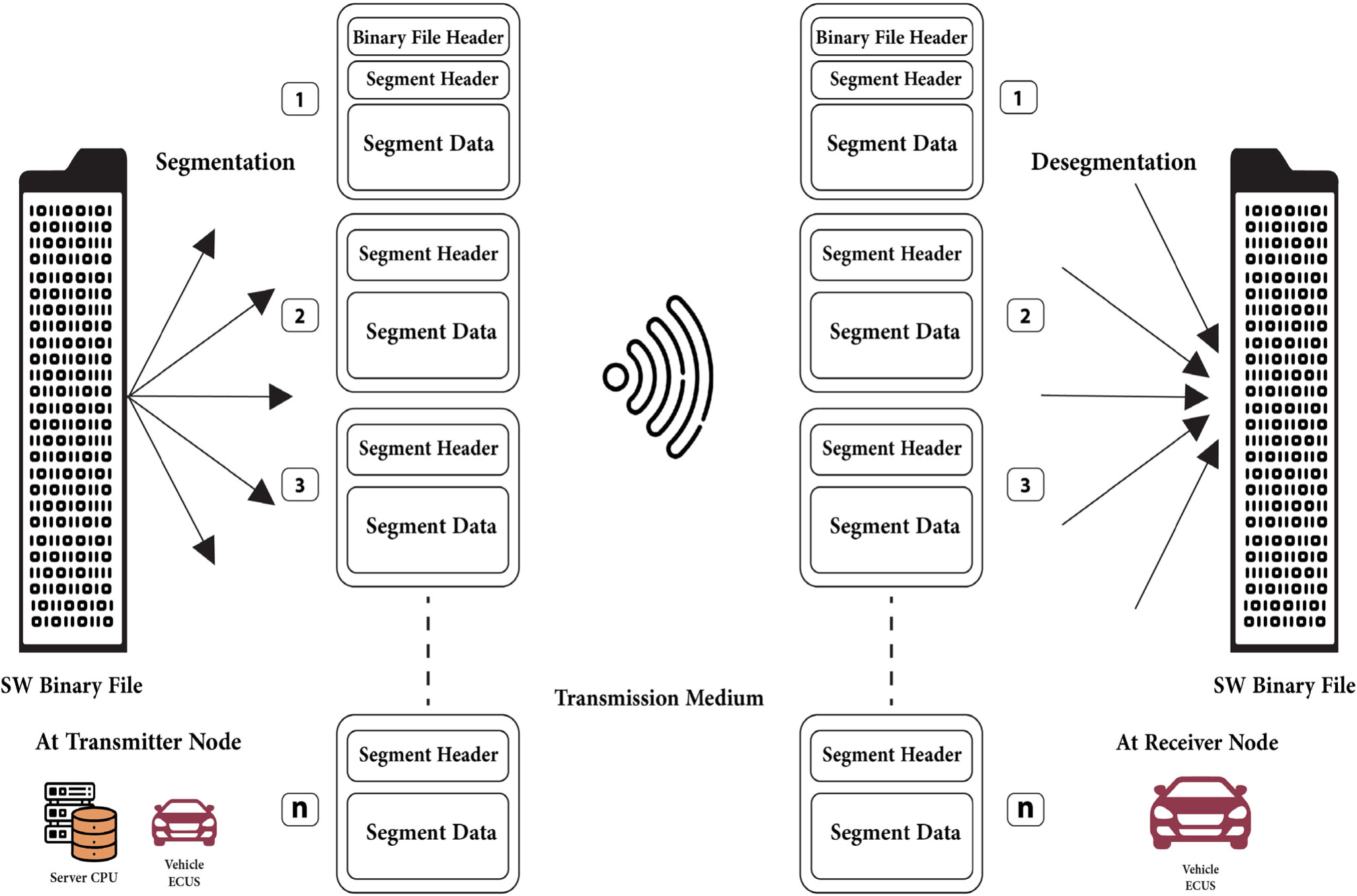Real-time vehicle detection and tracking using haar-like features and compressive tracking
This paper presents a real-time vision framework that detects and tracks vehicles from stationary camera. It can be used to calculate statistical information such as average traffic speed and flow as well as in surveillance tasks. The framework consists of three main stages. Vehicles are first detected using Haar-like features. In the second phase, an adaptive appearance-based model is built to dynamically keep track of the detected vehicles. This model is also used in the third phase of data association to fuse the detection and tracking results. The use of detection results to update the
Experimental digital forensics of subscriber identification module (SIM) Card
[No abstract available]
Modeling the impacts of information and communication technologies and virtual activities on activity and travel behavior: Case study of Cairo, Egypt
The boom in telecommunications is expected to have many impacts on peoples' activities and travel behavior. Recent advances in information and communication technologies (ICTs) make it possible to conduct activities virtually. Thus the need for physical travel for some types of activities is obviated. Accordingly, the use of ICT may contribute to reducing urban congestion and alleviating air quality problems. However, ICT may generate significant additional travel because of the increased connectivity and access to resources. Empirical insights on how the growing use of ICT affects travel
Comparing maintenance strategies for overlays
In this paper, we present an analytical tool for under-standing the performance of structured overlay networks under churn based on the master-equation approach of physics. We motivate and derive an equation for the average number of hops taken by lookups during churn, for the Chord network. We analyse this equation in detail to understand the behaviour with and without churn. We then use this understanding to predict how lookups will scale for varying peer population as well as varying the sizes of the routing tables. We also consider a change in the maintenance algorithm of the overlay, from
Real-time 2DHoG-2DPCA algorithm for hand gesture recognition
Hand gesture recognition is one of the most challenging topics in computer vision. In this paper, a new hand gesture recognition algorithm presenting a 2D representation of histogram of oriented gradients is proposed, where each bin represents a range of angles dealt with in a separate layer which allows using 2DPCA. This method maintains the spatial relation between pixels which enhances the recognition accuracy. In addition, it can be applied on either hand contour or image representing hand details. Experimental results were performed on the latest existing depth camera dataset. The
Traffic Analysis for Real Time Applications and its Effect on QoS in MANETs
Quality of Service (QoS) is one of the major challenges in Mobile Ad-hoc Networks (MANETs), due to their nature and special characteristics. QoS depends on different and multiple metrics such as routing protocols, route stability, channel rate quality, bandwidth, ... etc. Most of studies focus on the above metrics and some of them proposed enhancements. However, there are still unfilled gaps that need to be tackled. In this paper, we focus on the impact of QoS parameters on MANETs. The main objective is to identify the suitable applications in MANETs with respect to the network parameters. ©
Cooperation incentives in wireless ad hoc networks
Mobile ad hoc networks heavily rely on nodes' cooperation for packet forwarding. As a result, misbehaving, malicious, and selfish nodes can significantly degrade the performance of the network. To cope with this issue and to stimulate cooperation among selfish mobile nodes, a continuous research effort is done on identifying nodes trust and reputation. In this paper, we survey recently proposed reputation and incentive schemes for ad hoc networks. In order to help in the design of different reputation systems tailored to specific applications and network topologies, we classify the different
Cloud computing privacy issues, challenges and solutions
There are many cloud computing initiatives that represent a lot of benefit to enterprise customers. However, there are a lot of challenges and concerns regarding the security and the privacy of the customer data that is hosted on the cloud. We explore in this paper the various aspects of cloud computing regarding data life cycle and its security and privacy challenges along with the devised methodology to address those challenges. We mention some of the regulations and law requirements in place to ensure cloud customer data privacy. © 2017 IEEE.

Detection and Countermeasures of DDoS Attacks in Cloud Computing
Greater portions of the world are moving to cloud computing because of its advantages However, due to its distributed nature, it can be easily exploited by Distributed Denial of Service (DDoS) attacks. In distributed DDoS attacks, legitimate users are prevented from using cloud resources. In this paper, the various DDoS detection and defenses mechanisms cloud computing are reviewed. We propose a new technique based on Remote Triggered Black Hole (RTBH) to prevent DDoS attacks before it target to cloud resources. © 2018 IEEE.

Segmented OTA Platform Over ICN Vehicular Networks
The Internet Protocol (IP) architecture could not fully satisfy the Vehicular Ad-hoc Networks (VANETs) needed efficiency, due to their dynamic topology and high mobility. This paper presents a technique that updates the software of Electronic Control Units (ECUs) in vehicles using segmented Over The Air (OTA) platform over Information-Centric Network (ICN) architecture. In VANET, the amount of time for active vehicles’ connectivity varies due to the vehicular network’s dynamic topologies. The importance of Flashing Over The Air (FOTA) has been illustrated as well as the impact of applying the
Pagination
- Previous page ‹‹
- Page 21
- Next page ››
